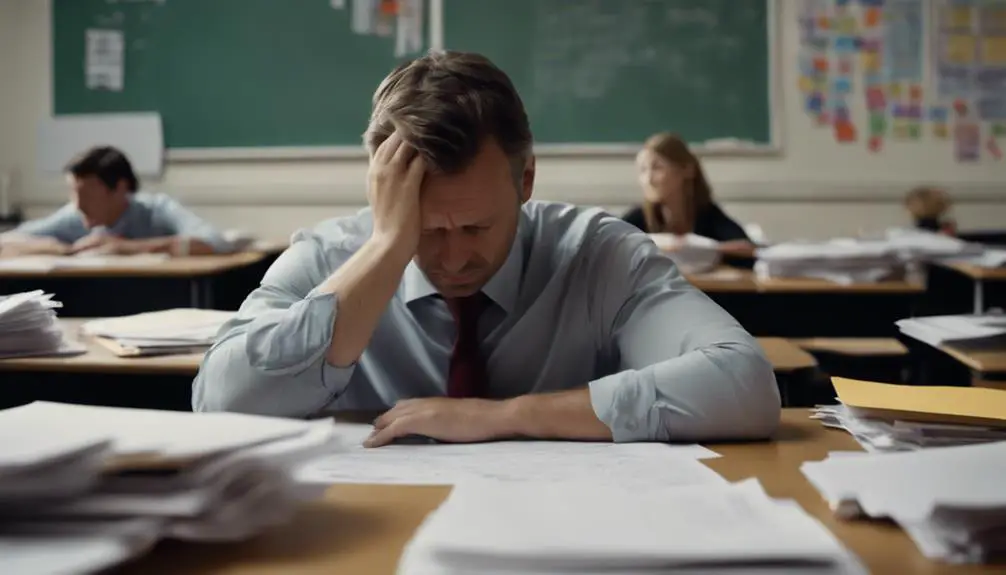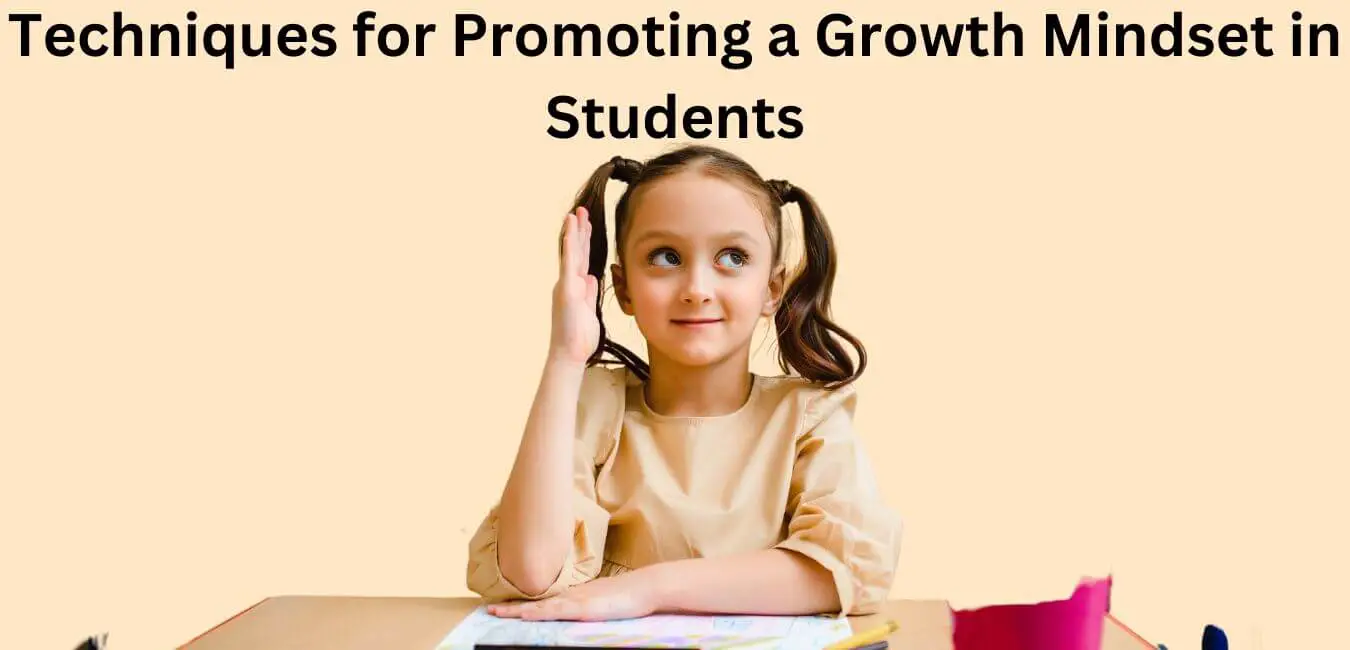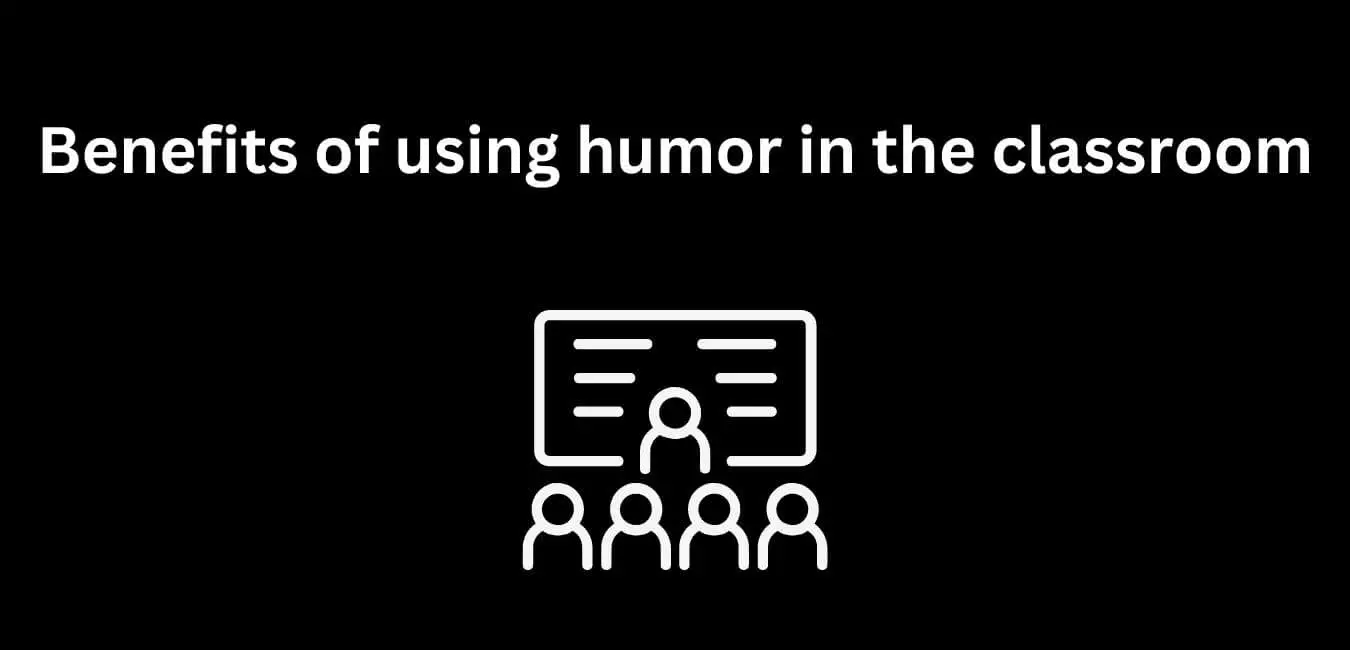Teaching is one of the most important and rewarding jobs out there, but it can also be challenging. It’s easy to fall into the trap of being a pushover teacher and not asserting your authority in the classroom.
But don’t worry – with the right strategies, you can avoid this common pitfall and become an effective, respected educator.
In this article, we’ll explore 15 different strategies to help you not be a pushover teacher. From setting clear expectations to developing relationships with students, we’ll provide concrete tips for ensuring that your classroom remains a safe and productive learning environment.
So if you’re looking to take charge of your classroom and stay on top of things as an educator, keep reading.
A pushover teacher is someone who finds it hard to maintain control in their classroom and often lets students get away with misbehavior. They are often seen as overly permissive and too lenient, leaving students feeling that they can do whatever they want with no consequences.
What are the seven characteristics of a pushover teacher?
1. A pushover teacher will often lack the ability to set and enforce clear boundaries. For example, they may not have a system in place to ensure that students are following classroom rules, or they may be too lenient when it comes to grading or attendance.
2. A pushover teacher will often be too eager to please students, often going out of their way to do so. This could include giving students too many chances to make up work or giving them undeserved rewards for their efforts.
3. Pushover teachers may also be too willing to accommodate special requests from students, such as allowing them to miss class or turning a blind eye to poor behavior.
4. Pushover teachers may have difficulty disciplining students and lack the self-confidence to do so effectively.
5. Pushover teachers are often overly cautious and hesitant when it comes to making decisions, which can lead to confusion and frustration for both the teacher and students.
6. Pushover teachers may also be too accommodating of the opinions and ideas of their students, even when it’s not in their best interest.
7. Lastly, pushover teachers may not take a firm stance on important issues, such as cheating or plagiarism, which can lead to a lack of respect from their students.
15 strategies to help you not become a pushover teacher in the classroom
1. Set Clear Expectations
At the start of the school year, it’s important to explicitly set expectations for students and yourself. Make sure they understand the rules and expectations you have for the class.
Explain that you are the teacher and your role is to create a safe, respectful learning environment for all students.
This sets the stage for a successful year in which everyone can learn and grow. Find out more about setting clear expectations here.
2. Enforce Consistent Consequences
Enforcing consistent consequences is an important part of being an effective teacher. It helps to ensure that your students understand the expectations and boundaries of the classroom.
When rules and expectations are clear and enforced in a consistent manner, students are more likely to respect and follow them.
Additionally, when students know that their behavior has consequences and that those consequences will be enforced consistently, they are less likely to try to test the boundaries of the classroom.
By enforcing consistent consequences, you can avoid becoming a pushover teacher and maintain an environment where learning can take place.
For example, if a student is being disruptive in class, you should address the behavior and enforce a consequence like a time-out or detention.
If you do this every time the student is disruptive, they will eventually understand that the behavior is not acceptable and will begin to modify their behavior accordingly.
3. Be Firm but Fair
Being firm with your students is important. But it is also important to be fair. Make sure that you are setting clear expectations and that you are enforcing the same consequences for all the students.
Show your students that you care about them and their successes by listening to them and responding to their needs.
Encourage positive behavior by providing choices and focusing on solutions rather than assigning blame.
Explain expectations and consequences clearly, and don’t overreact when behavior is disruptive. Being fair and consistent will help your students respect your authority and create a positive learning environment for everyone.
4. Be Respectful and Professional
It’s important to stay professional and respectful with your students no matter what. Being a teacher is a position of authority and the students should feel like you’re treating them with respect.
Showing respect for your students includes listening to their opinions and feelings, addressing them by their names, and being polite in all your interactions with them.
It’s also important that you maintain a certain level of professionalism in the classroom, as this will help you to be taken seriously by your students.
This means dressing appropriately, avoiding slang or profanity, being consistent with rules and expectations, and treating all your students equally.
When you show respect and professionalism to your students, they’ll be more likely to respect you in return.
5. Be in Control of Your Classroom
As a teacher, it’s important to stay in control of your classroom. It’s easy to fall into the trap of being too lax with your students, but that can lead to misbehavior and lack of respect.
It’s important to be firm, but also fair and consistent. Establish a classroom culture that is respectful and gives students clear expectations for their behavior.
Let them know that you have high expectations for them and that you expect them to follow the rules. Be sure to enforce consistent consequences for misbehavior, and always remain professional.
6. Let Students Know You Care
It is important to demonstrate to your students that you do care about them. This doesn’t mean you have to be their friend, but instead, have mutual respect for each other.
Showing students that you care and are invested in their success can help to prevent disruptive behavior and create a more positive learning environment.
This can be done through simple actions such as learning students’ names, being approachable, and having a positive attitude.
Taking the time to get to know your students and their individual needs will help them to feel seen and accepted, which can lead to a better classroom environment.
7. Don’t Take It Personally
It’s important to remember that, as a teacher, you have to separate yourself from the student’s behavior.
Learning how to not take it personally is a key strategy for not becoming a pushover teacher.
It can be hard to not take it personally when some students are rude or disrespectful, but you should remember that it is their behavior and not your character that is being judged.
You can still be kind and empathetic while holding your students accountable. It’s important to remember that their behavior doesn’t reflect on you; it reflects on them.
8. Be Aware of Your Body Language
Body language is an important part of communication in the classroom. It can be a subtle way to let students know that you mean business and that you won’t be pushed around.
Make sure that your body language conveys the message that you are in control, but also approachable.
Stand tall, keep your arms uncrossed, and maintain eye contact with students. These nonverbal cues will help reinforce the message that you are someone who should not be taken lightly.
9. Watch Your Tone
No matter how hard you try to be firm if you are constantly using a harsh tone it can be difficult for students to take you seriously.
It is important to remember that although you may be frustrated or angry, your words need to be appropriate.
Even if you are trying to be assertive, if it comes off as aggressive or condescending, it will not have the desired effect.
Therefore, it is important to watch your tone and ensure that you are speaking in a respectful and professional manner.
10. Address Disruptive Behavior Immediately
It’s important to address disruptive behavior immediately. If you allow it to continue, you will quickly be seen as a teacher who is a pushover.
When something disruptive happens, stop the class and explain why the behavior is unacceptable and how it affects the learning environment.
Be clear and firm, but stay calm. Let the student know that you expect better from them, and provide them with choices for how they can act differently going forward.
It’s important to remember that consequences should be fair, and not to overreact.
11. Stay Calm and Positive
It’s important for teachers to stay calm and positive in the face of disruptive behavior. As difficult as it may be, it’s essential to remain composed, no matter how angry or frustrated you may be feeling. Taking a deep breath and counting to 10 can help keep your emotions in check, as well as help you focus on the solution rather than the problem. It’s also important to remember that students are still learning, so they may not realize how their behavior is affecting the class. Keeping a positive attitude will help create an environment where students feel safe and respected, and are more likely to follow the rules.
12. Provide Choices
Providing choices is another great way to maintain a sense of control in the classroom.
As a teacher, it’s important to be able to offer students options for how they can address a situation or complete a task.
For example, if a student is struggling with an assignment, you can provide them with different strategies or resources that may help them complete it.
This way, they’re still feeling empowered and having a sense of ownership over their work. You’re also giving them an opportunity to learn from mistakes while still maintaining the structure of the class.
13. Don’t Overreact
It can be difficult not to take things personally when you are a teacher, but it is important to stay calm and not overreact.
As a teacher, your words and actions have an impact. If you stay composed and professional, students will respect and listen to you.
If a student is misbehaving or being disruptive, take a few deep breaths before responding.
This will help you keep your emotions in check and allow you to think about how to best handle the situation.
Additionally, this will show the student that you are in control of the classroom and are not a pushover.
14. Listen and Ask Questions
Another helpful strategy to avoid being a pushover teacher is to listen and ask questions. Make sure to take the time to listen to your students and understand where they are coming from.
Ask probing questions that will help you pinpoint the problem and get to the root of the issue. This will help you come up with solutions that are tailored specifically for them.
Asking questions can also help you build relationships with your students and show that you care about them and their well-being.
15. Focus on Solutions, Not Blame
When it comes to dealing with challenging behavior, it’s important to focus on solutions rather than blame.
Blaming students for their misbehavior can make them feel disrespected and can even lead to further issues.
Instead, it’s important to focus on finding solutions that work for both students and teachers. It’s also important to be open to discussion and compromise when addressing difficult behavior.
When students feel they have been heard and understood, they are more likely to cooperate and be willing to work on strategies that will help them improve their behavior.
Conclusion
I encourage you to give these strategies a try and see how they can help improve your teaching. Do you have any additional strategies that have worked for you? Share them in the comments section below! Thank you for taking the time to read this article and I hope it helps you become a better teacher.















